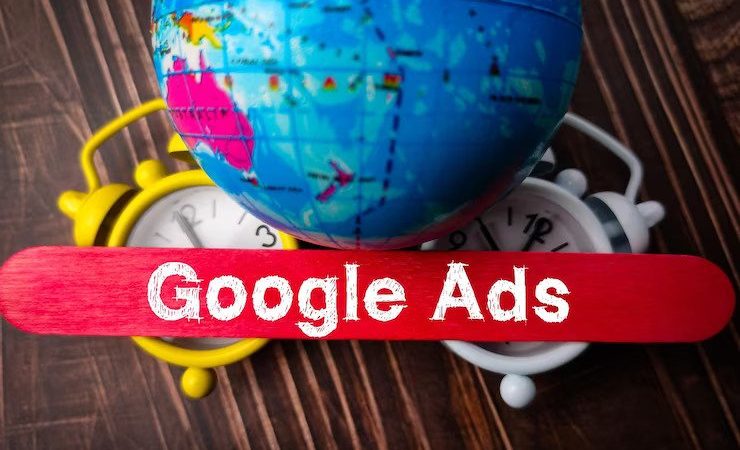The Ultimate List Of Famous TikTok Girls (2025): Who’s On Top, How They Grow & How Much They Earn?
Subhasree Nag, 2 days ago

Subhasree Nag, 2 days ago

Subhasree Nag, 4 days ago

Subhasree Nag, 4 days ago

Subhasree Nag, 5 days ago

Subhasree Nag, 6 days ago


Google is doing its best to help small, and big businesses push above the waters.
Companies must find a way to rise above supply chain disruptions and understand consumer behavior and inflation. Today, Google has made a lot of changes in its ads.
Therefore, when working with a local paid advertising firm, it is crucial to understand and take advantage of the changes in Google ads to get the most out of it. Here are the latest changes to Google ads you should keep an eye on to improve your advertising game.

Google also added a text-to-speech voice-over element that is AI-generated. The technology helps to convert written scripts into voice or speech. In fact, Google has analyzed seven unique voices for YouTube to give advertisers several options when matching their brand voice.
Voice-overs are a big bonus to advertisers, especially when using video marketing. You can try it out by picking a video to add the voice-over, typing the script, choosing a voice, and there you have a voice-over in your video.
The deprecation of third-party cookies has been pushed to 2024. When advertising, firms use third-party data to target their audience and track all the visitors coming to the site. They can monitor their behavior during and after leaving the website.
However, there is a need for more time to test the solution before it happens. The best thing you can do before 2024 is to find other ways to get first-party data on the website. Use the advantages of third-party data while they last and familiarize yourself with the privacy-safe features.
Google has changed the global site tag to Google tag, which can work for both Google Analytics and Ads. It makes it easier to report and track conversions without the need for additional code. Now that Google Tag works for both Google Ads and Analytics, you can use them both or separately as you wish.
It is also possible to manage tag settings in both Google Analytics and Ads. The great news is that you don’t have to do anything. The global site tag will automatically update itself to the Google tag.
Related: A Guide To Improving The Click-Through Rate Of Your Google Ads

The diagnostic insights tool is another new change to Google ads. The latest update is helping advertisers ensure the proper firing of their Performance Max campaigns. This tool will help address issues connected with the budget, status, billing, policies, tracking conversion, etc. It is advisable to pick the tool to get more information about your marketing campaigns.
Another update that has created a buzz is the upgrade of smart shopping campaigns. Since 2022, Google has been updating Smart Shopping campaigns.
If you need it, Google will give you a notice 2 or 3 weeks before the update. This year, campaigns using a feature like vehicle ads have been upgraded. Whether you like it or not, your campaigns will be replaced. Therefore, it is advisable to take action and upgrade now.
Google Ads has brought unavoidable changes. Therefore, it is advisable to be prepared to ensure you can handle these updates. Know what every update means and how you can take good advantage.
Read Also:
Arnab Dey is a passionate blogger who loves to write on different niches like technologies, dating, finance, fashion, travel, and much more.